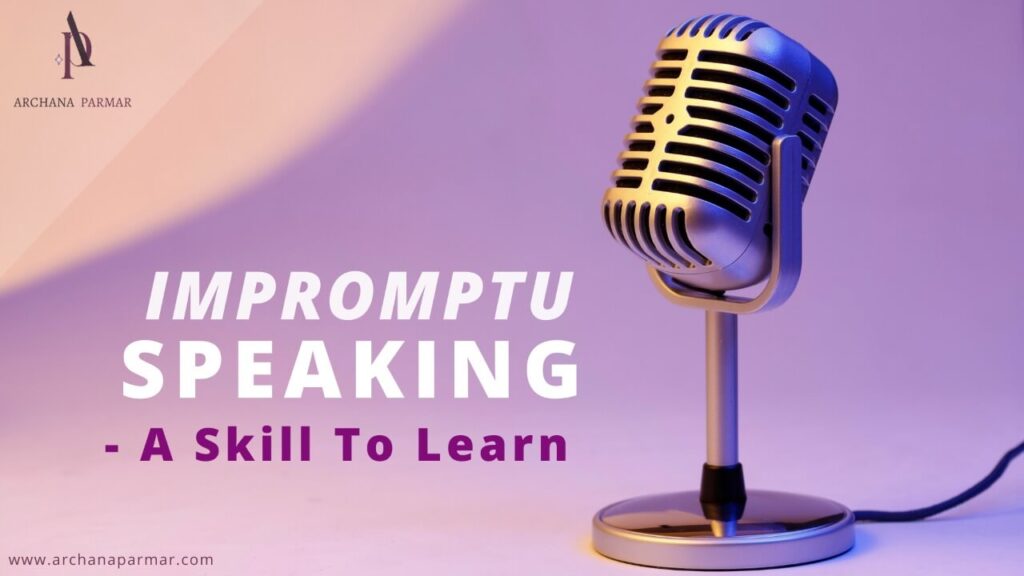Assertiveness – An Introduction || SkillsYou Need
Assertive communication is a style of speaking that allows one to convey their demands and feelings in a straightforward but courteous way. Researchers have found that being assertive in communication leads to better results across the spectrum, from the academic achievement of elementary school students to the job satisfaction of experienced professionals. This blog post is to help you know more about assertive communication, how it differs from other communication styles, and how you may develop your own assertiveness. Continue reading to find out how speaking up politely can elevate your interpersonal and career interactions and help you accomplish your objectives. When we relate with people, we behave or communicate with them in three ways- Communication in the passive style reveals a lack of respect for one’s own demands and rights. The majority of passive people either don’t communicate wants at all, or they do so in a timid, apologetic way that makes them difficult to hear and dismiss. A subservient/passive individual may believe they have spoken clearly while in fact their message was completely misunderstood due to its ambiguity. However, the expression of feelings wants, and ideas in a hostile/arrogant/dominant manner is known as the aggressive mode. It is an “attack” or “move intended to cause harm.” The assertive form of communication enables a person to uphold their self-respect, express and pursue their wants clearly, protect their rights and personal space without dominating or abusing others, and keep their sense of self-respect. It validates one’s ability to exist in the world and express needs, wants, thoughts, and feelings. Let’s look at these three styles in detail- Understanding Passive style One upside of communicating in a passive manner is that it helps in avoiding conflict. The kind of conflict that can be extremely frightening to some people can be avoided, delayed, or at the very least hidden by saying ‘yes’. People are born assertive but are trained by their parents, elder siblings, teachers, and other adults to be passive/submissive/obedient. These are frequently complimented for their good behaviour; they are described as “kind,” “unselfish,” and “good sports.” “Nice” also carries a cost. People who are submissive comply with everyone’s preferences and demands rather than making their own decisions. Remember that every surrender is a repression of anger, and that anger eventually seeps into any affection that people may feel. Tragically, obedient people behave in this way in attempt to win someone’s love, but their very nature eventually leads to disagreement and separation. Understanding Aggressive Behaviour The person who is aggressive seeks to satisfy their desires, even at the expense of someone else. Three main ways that aggressive communication and behaviour pay off are that the aggressive person is more likely to meet their material demands, be able to defend their personal space, and appear to have control over both their own and other people’s lives. Aggression has a number of negative consequences as well. People that are violent are highly afraid; they act aggressively not because they feel powerful but rather because they feel vulnerable. Their propensity for making enemies ultimately leaves them more exposed and afraid. Aggressive persons frequently alienate others and are not well-liked or adored. The alienation is a very compelling motivation to address this problem. Understanding Passive-aggressive behaviour Individuals who communicate in a passive-aggressive manner frequently convey their ideas and emotions in a hazy or perplexing manner. These people may at first seem quiet, but they eventually respond angrily in indirect ways. People who use passive-aggressive communication styles may feel helpless, stuck, or resentful about their present situation, yet they may be unable to address it directly. Instead, they can use suppressed anger expressions to try to undermine the cause of their hatred. Outward collaboration and internal irritation and resentment are common characteristics of passive-aggressive behaviour. Understanding Assertive Behaviour The power to assert yourself is associated with higher self-esteem, and assertive people usually like themselves more than the other two categories. By making a person more at ease with themselves and hence more comfortable to be around, assertiveness typically promotes stronger relationships. Being assertive significantly lowers fear and anxiety, allowing people to discharge pleasant energy toward one another. Being aggressive increases a person’s chances of getting what they desire in life and from other people. Although being assertive doesn’t always ensure that you receive what you want or need, it’s still generally the best course of action. Does being assertive comes at a cost? Ofcourse, it does. Learning to be assertive requires work and can be challenging. It is difficult to change a regular communication style. Communicating your needs, wants, or feelings openly and honestly can be extremely unpleasant if it results in conflict or rejection. Being assertive is being prepared to take the chance of going through a fight in the hopes of creating a connection that is more genuine, satisfying, and intimate. It’s not an easy decision to decide to focus on being assertive. However, it is the only way to take control of one’s life and get out of a rut of compulsive tendencies picked up in unhealthy relationships. The ability to have and exercise choice, as well as learning to accept other people’s choices, are all skills that can be developed through assertiveness. Assertiveness for leaders: If I had to choose one skill for most leaders to work on, it would be assertiveness. Not because assertiveness is such a great quality in and of itself. Rather, because of its ability to accentuate a wide range of other leadership qualities. Every leader wants to be more self-assured, but very few know how to assert themselves. Being assertive lies somewhere between being passive and aggressive. You might come across as submissive if you don’t speak up when you have anything to say. And if you’re adamant about your point of view, you might appear unfriendly or, worse, a bully. You can express yourself without being passive or confrontational if you learn to be assertive, and you’ll have a better chance of receiving what you want. For all
Assertiveness – An Introduction || SkillsYou Need Read More »








